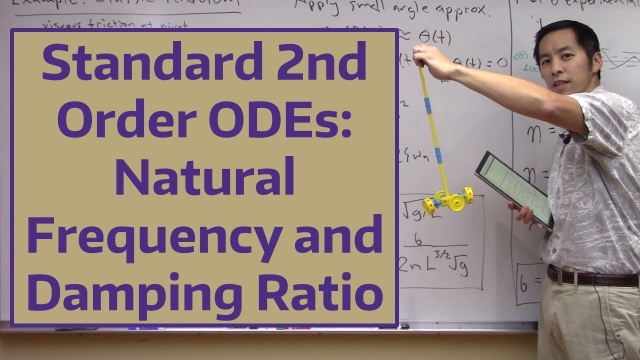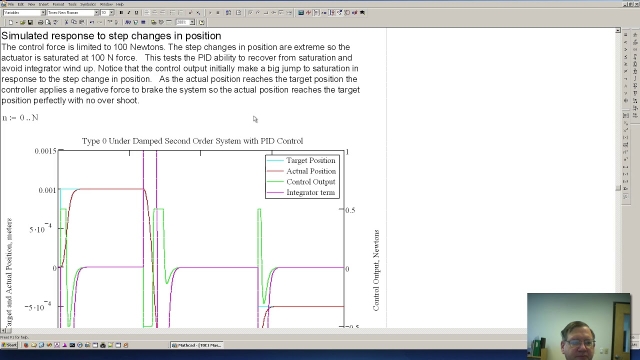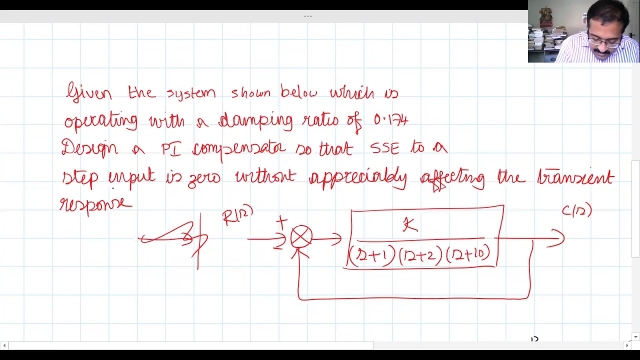
Equations of Motion for a Planar Vehicle
In this video we outline equations of motion for a simple planar vehicle. This model is suitable for vehicles such as boats or hovercraft that that are rest...
See MorePeter Ponders PID. Second Order Plus Dead Time , SOPDT, Temperature Control,...
In this video I derive the equations for the controller gains and a low pass filter for a SOPDT system with a very long dead time To make the simulation mo...
See MoreLecture 31: Time response, Controllability and Observability
Understanding PID Control, Part 3: Expanding Beyond a Simple Derivative
This video describes how to make an ideal PID controller more robust when controlling real systems that don’t behave like ideal linear models. Noise is generated by sensors and is present in...
See MoreUsing a Homogeneous Transformation Matrix to Combine Rotation and Translatio...
In this video we discuss how to properly deal with coordinate frames that are both rotated and translated from one another. We develop a homogeneous transfo...
See MorePeter Ponders PID - Tank Level Control
Lecture 19: Lead and PD compensator Design using Root Locus
The Routh-Hurwitz Stability Criterion
In this video we explore the Routh Hurwitz Stability Criterion and investigate how it can be applied to control systems engineering. The Routh Hurwitz Stabi...
See MoreControl Bootcamp: Laplace Transforms and the Transfer Function
Here we show how to compute the transfer function using the Laplace transform.
See MoreUnderstanding The Sensitivity Function
In this video I explain the sensitivity function and try to demystify the equation used to solve for the nominal sensitivity peak. Sensitivity describes how much process variations affect...
See MoreRelationship Between Poles and Performance of a Dynamic System
In this video we establish the relationship between pole locations and associated performance of a dynamic system. This relationship is useful to translate ...
See MoreLinear Quadratic Regulator (LQR) Control for the Inverted Pendulum on a Cart...
Here we design an optimal full-state feedback controller for the inverted pendulum on a cart example using the linear quadratic regulator (LQR). In Matlab, we find that this is a simple one...
See MoreControl Systems Lectures - Transfer Functions
This lecture describes transfer functions and how they are used to simplify modeling of dynamic systems.
See MoreLaplace domain – tutorial 2: Region of Convergence (ROC)
In this video, we learn five golden rules on how to quickly find the Region of Convergence (ROC) of Laplace transform. Learn Signal Processing 101 in 31 lect...
See MoreMachine Learning Control: Genetic Programming Control
This lecture discusses the use of genetic programming to manipulate turbulent fluid dynamics in experimental flow control.
See MoreLaplace domain – tutorial 3: Laplace transform tables
In this video, we cover Laplace transform tables which help us to quickly find Laplace and inverse Laplace transforms. The main learning objective is to full...
See MoreBode Plots by Hand: Real Poles or Zeros
This is a continuation of the Control Systems Lectures. This video describes the benefit of being able to approximate a Bode plot by hand and explains what a Bode plot looks like for a...
See MoreUnderstanding Model Predictive Control, Part 6: How to Design an MPC Control...
Learn how to design an MPC controller for an autonomous vehicle steering system using Model Predictive Control Toolbox™. This video walks you through the design process of an MPC controller...
See MoreCascade Control Intro
How can we improve the disturbance rejection of our controllers using additional, relevant measurements? Tune in to find out!
See MoreControl Systems Lectures - Closed Loop Control
This lecture discusses the differences between open loop and closed loop control.
See MorePredicting Second Order Transfer Function Behavior
Given a second order transfer function, I'll cover how we can predict the system behavior and derive the appropriate time constants and damping coefficient.
See MoreMotivation for Full-State Estimation [Control Bootcamp]
This video discusses the need for full-state estimation. In particular, if we want to use full-state feedback (e.g., LQR), but only have limited measurements of the system, it is necessary...
See MoreStandard 2nd Order ODEs: Natural Frequency and Damping Ratio
In this video we discuss writing 2nd order ODEs in standard form xdd(t)+2*zeta*wn*xd(t)+wn^2*x(t)where zeta = damping ratio wn = natural ...
See MorePeter Ponders PID - Controlling an Under Damp Mass and Spring System
Demonstrates:How to calculate the PID gains. The importance of the derivative gain. How to simulate the mass and spring systemControl limitations based on s...
See More
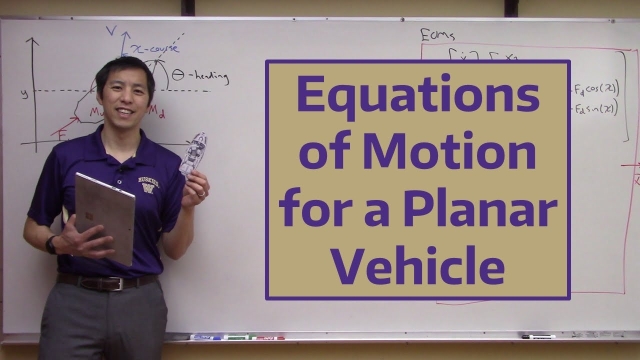
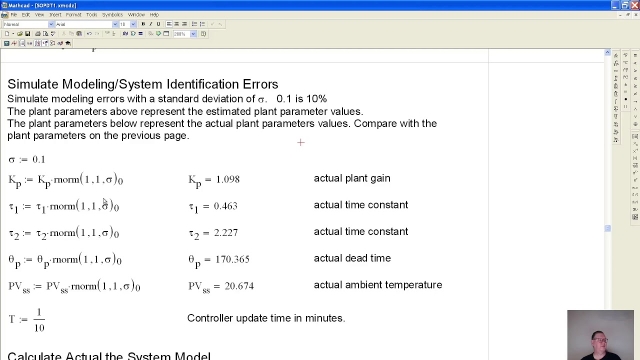
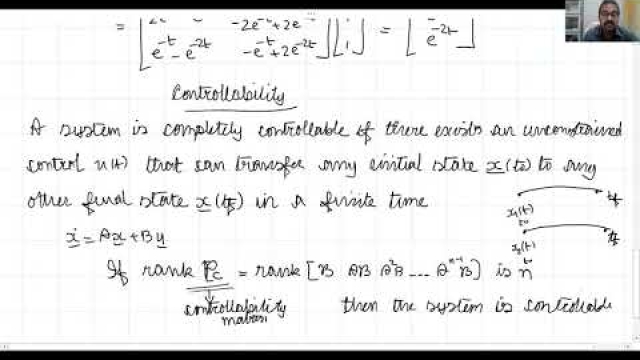
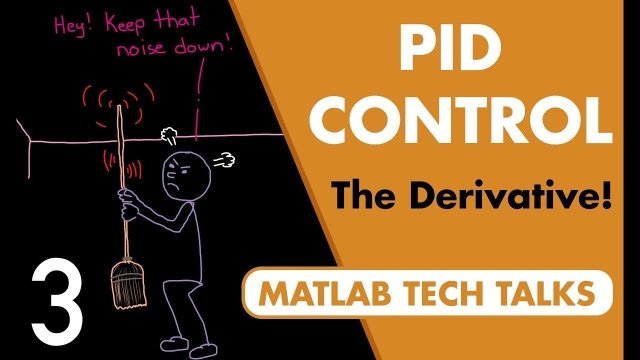
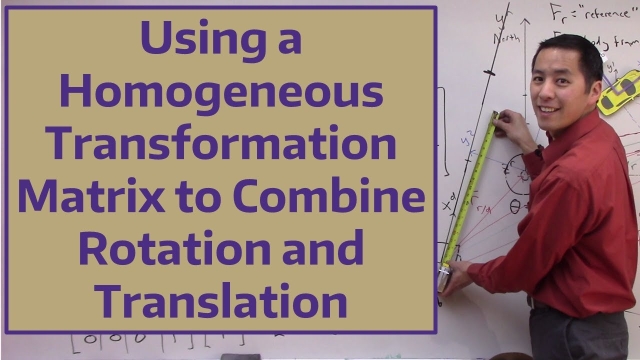
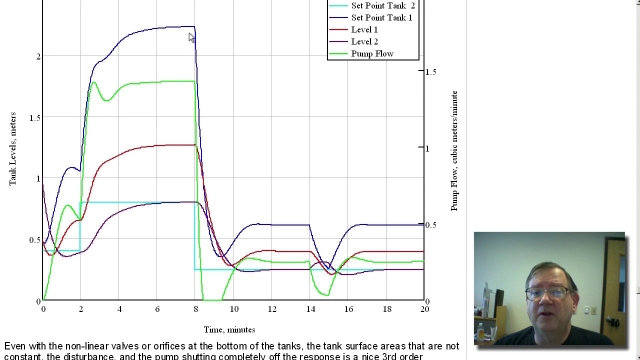
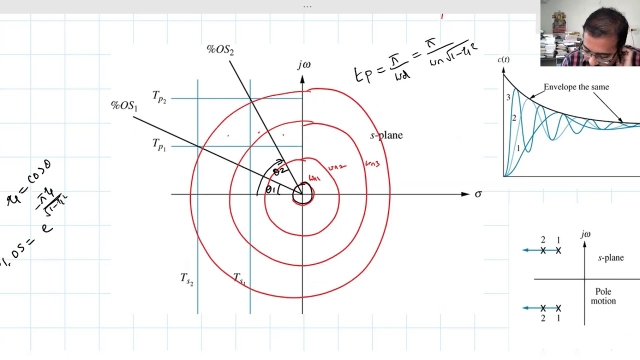
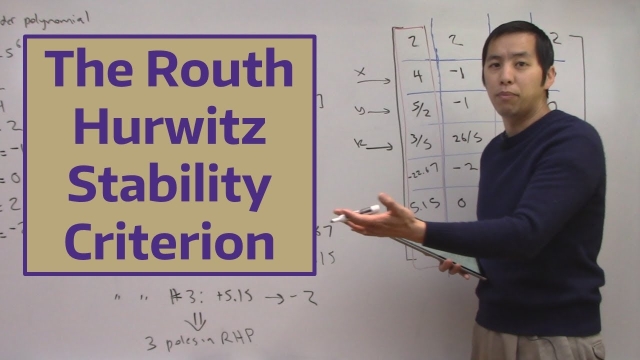
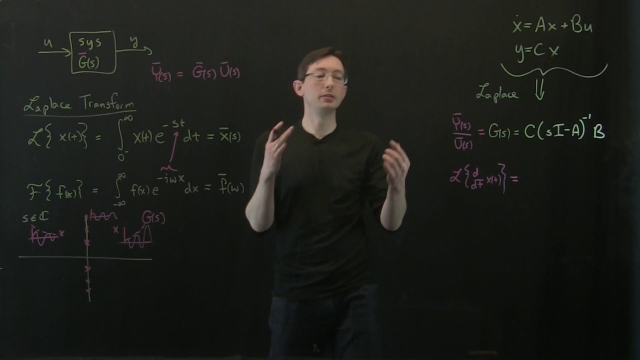
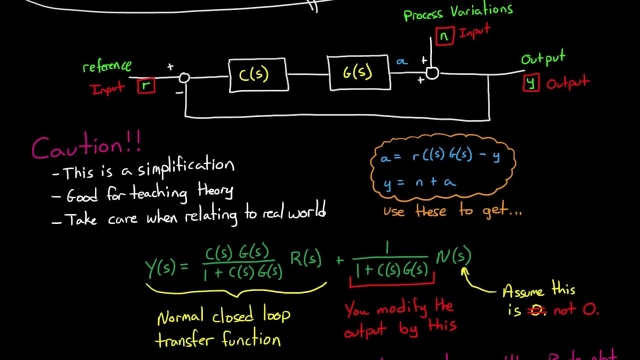
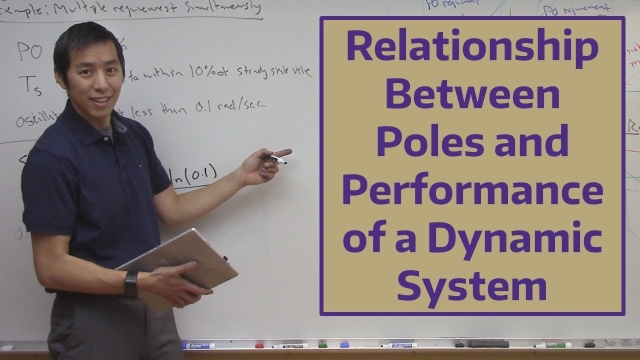
![Linear Quadratic Regulator (LQR) Control for the Inverted Pendulum on a Cart [Control Bootcamp] Linear Quadratic Regulator (LQR) Control for the Inverted Pendulum on a Cart [Control Bootcamp]](/sites/default/files/styles/search_resulkts/public/2020-12/maxresdefault_431.jpg?itok=vs89WnA2)
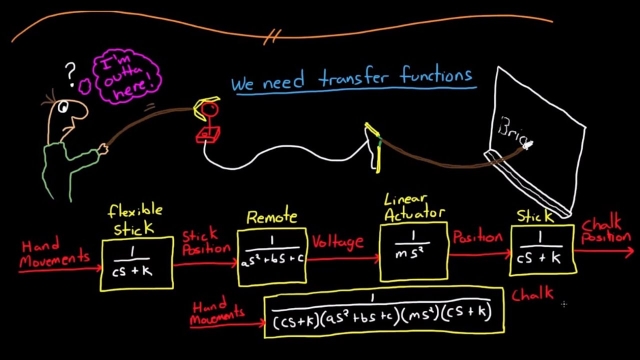
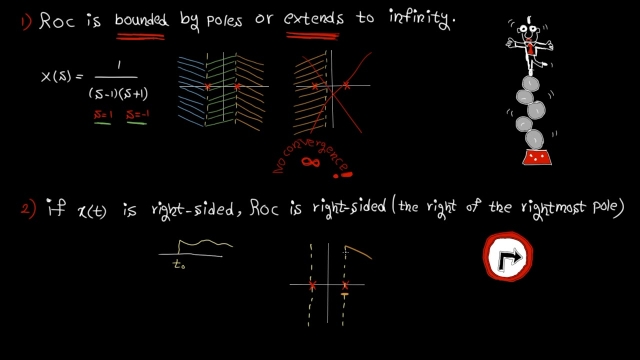
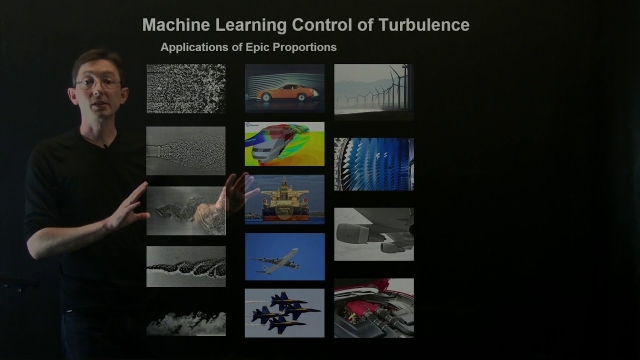
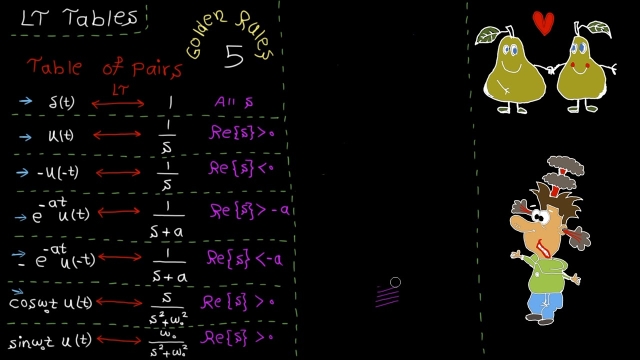
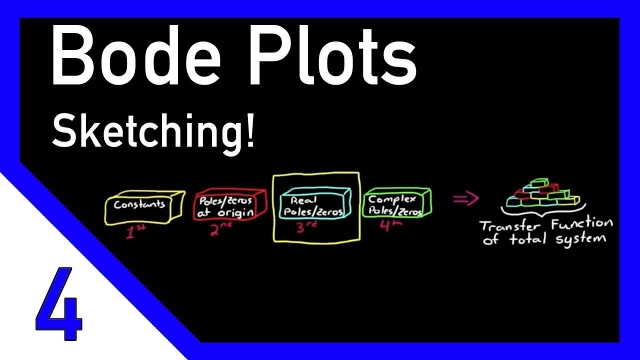
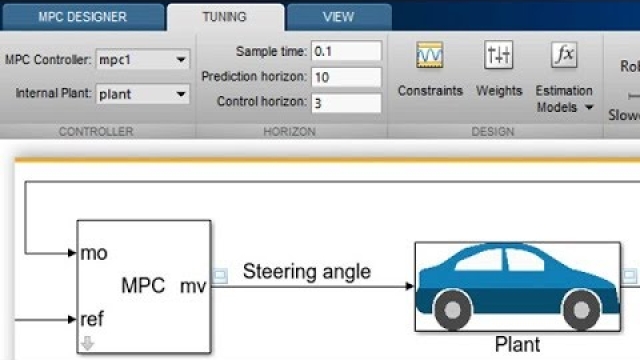

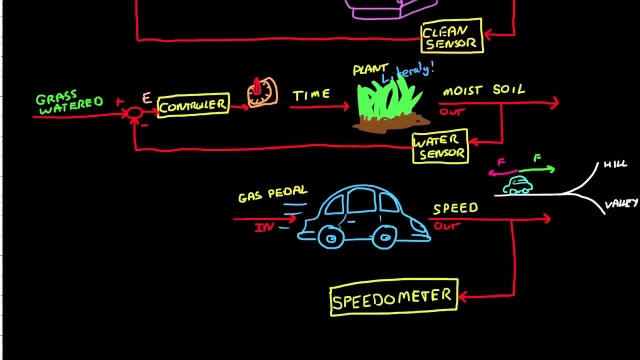
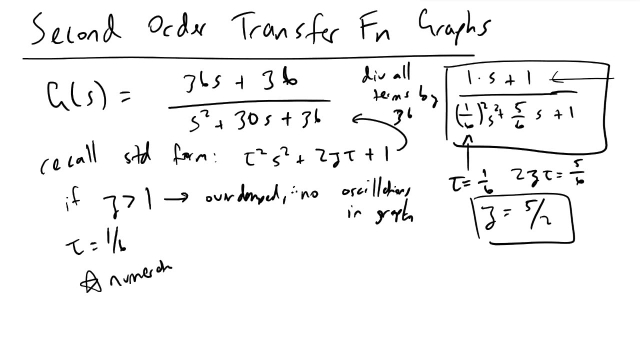
![Motivation for Full-State Estimation [Control Bootcamp] Motivation for Full-State Estimation [Control Bootcamp]](/sites/default/files/styles/search_resulkts/public/2020-12/maxresdefault_378.jpg?itok=AFDlS2AH)
